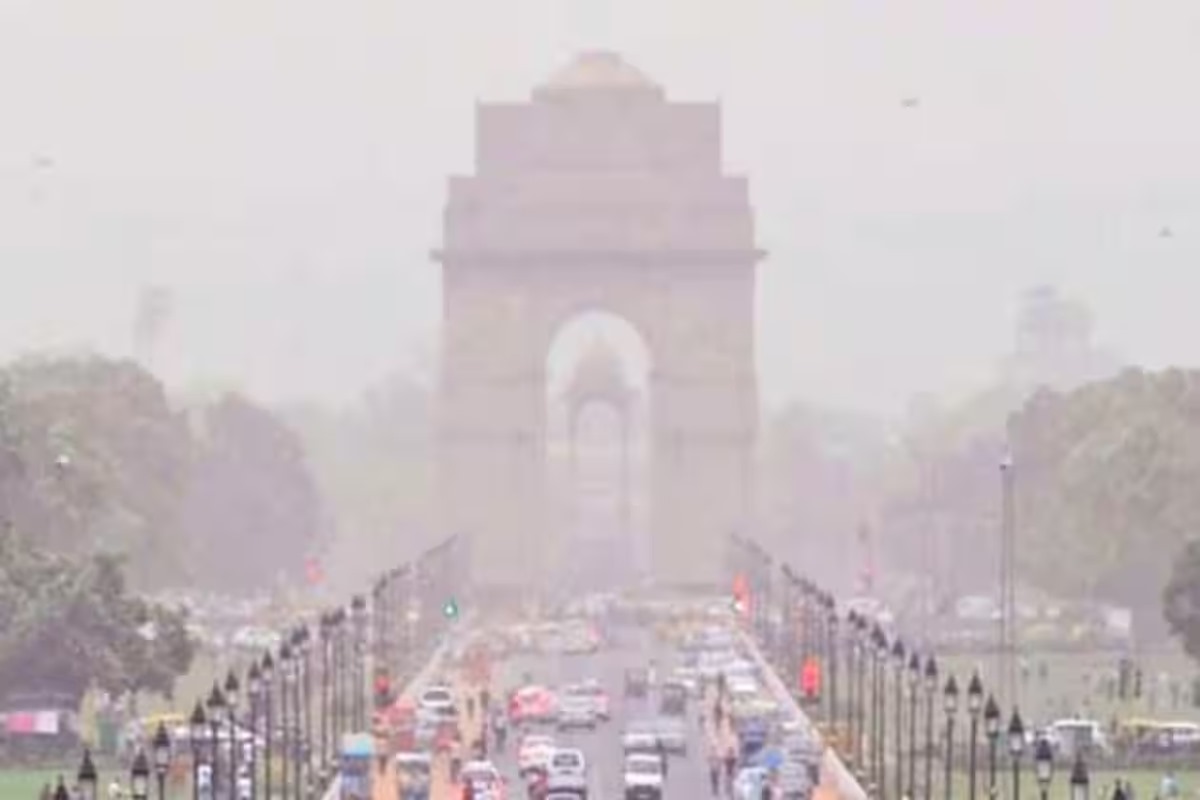Infant dies, five injured in roof collapse in Delhi
According to police officials, the incident took place at around 3 am while the family was asleep.
At 327, the AQI at Dhirpur fell into the “severe” category. The classification of an AQI is as follows: 0–50 = “good”, 51–100 = “satisfactory”, 101–200 = “moderate”, 201–300 = “poor”, 301–400 = “very poor”, and 401–500 = “severe”

Representation image
According to data from the System of Air Quality and Weather Forecasting and Research (SAFAR), the national capital’s air quality remained “very poor” for the second straight day, with the overall Air Quality Index (AQI) hitting 303 on Monday evening.
At 327, the AQI at Dhirpur fell into the “severe” category. The classification of an AQI is as follows: 0–50 = “good”, 51–100 = “satisfactory”, 101–200 = “moderate”, 201–300 = “poor”, 301–400 = “very poor”, and 401–500 = “severe”.
It was 242, which is classified as “poor” in Pusa. The PM 2.5 concentration at Lodhi Road was 273, falling into the “poor” category, and the PM 10 concentration was 163, falling into the “moderate” category.
Advertisement
In addition, at the IIT Delhi station, the PM 2.5 was at 306, falling into the “very poor” category, while the PM 10 was at 172, falling into the “moderate” category.
Mathura Road was classified as “moderate” due to a concentration of 173 PM 2.5 and 167 PM 10 particles.
SAFAR predicts that on Tuesday morning, the city’s air quality would likely go even farther into the “very poor” category, with PM 2.5 concentrations hitting 313 and PM 10 concentrations at 191, falling into the “under moderate” category.
Amidst the worsening AQI, Delhi Environment Minister Gopal Rai wrote to Chief Minister Arvind Kejriwal on Monday, expressing his dissatisfaction over the Chief Secretary, DPCC Chairman, and Transport Commissioner’s absence from an important meeting intended to address the deteriorating rising air quality in the nation’s capital.
Rai further asked Kejriwal to call a meeting of the National Capital Civil Services (NCCS) and designate personnel who are committed to addressing Delhi’s pollution issue.
Rai added that Delhi has thirteen hotspots for pollution. “Today, AQI levels above 300 were seen at eight additional locations, including Shadipur, Mandir Marg, Patparganj, Sonia Vihar, and Moti Bagh, for regional causes. To locate and examine nearby sources of pollution, specialised teams will be assigned to this area, the speaker stated.
Rai added that in order to combat dust pollution in the city, the administration has also chosen to use powdered dust suppressant. In Delhi, the temperature has begun to drop and the wind speed has slowed; this could lead to an increase in pollution… The dust particles are remaining close to the surface. In Delhi, the second GRAP phase has gone into effect.
Advertisement